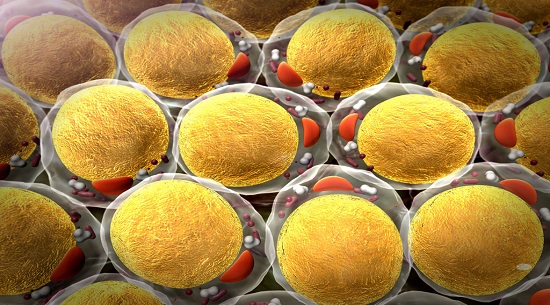Autologous adipose-derived regenerative cell therapy modulates development of hypertrophic scarring in a red Duroc porcine model
Effective prevention and treatment of hypertrophic scars (HTSs), a common consequence of deep-partial thickness injury, remain a significant clinical challenge. Previous studies from our group have shown that autologous adipose-derived regenerative cells (ADRCs) represent a promising approach to improve wound healing and, thereby, impact HTS development.
Effective prevention and treatment of hypertrophic scars (HTSs), a common consequence of deep-partial thickness injury, remain a significant clinical challenge. Previous studies from our group have shown that autologous adipose-derived regenerative cells (ADRCs) represent a promising approach to improve wound healing and, thereby, impact HTS development. The purpose of this study was to assess the influence of local delivery of ADRCs immediately following deep-partial thickness cutaneous injury on HTS development in the red Duroc (RD) porcine model.
Bilateral pairs of deep-partial thickness excisional wounds (2 mm depth; 58 cm2 area) were created using an electric dermatome on RD pigs (n = 12). Autologous ADRCs were isolated from the inguinal fat pad and then sprayed directly onto the wound at a dose of 0.25 × 106 viable cells/cm2. The paired contralateral wound received vehicle control. Wound healing and development of HTS were assessed over 6 months using digital imaging, quantitative measurement of skin hardness and pigmentation, and histology.
Data showed that ADRC treatment led to reduced scar hyperpigmentation compared to control (p < 0.05). Using the Durometer, at 2 and 6 months post-injury, skin hardness was 10–20% lower in ADRCs-treated wounds compared to control vehicle (p < 0.05). A similar trend was observed with the skin fibrometer.
ADRC treatment promoted more normal collagen organization, improvement in the number of rete ridges (p < 0.01), longer elastic fiber length (p < 0.01), and reduced hypervascularity (blood vessel density; p < 0.05). ADRC treatment was associated with modulation of IL-6 expression within the wound/scar with upregulation 2 weeks after injury (wound healing phase) and downregulation at 2 months (early scarring phase) post-treatment compared to control.
These findings support the potential therapeutic value of autologous ADRC administration for reduction of HTS development following deep-partial cutaneous injury.
Reference: https://stemcellres.biomedcentral.com/articles/10.1186/s13287-017-0704-1





ارسال به دوستان